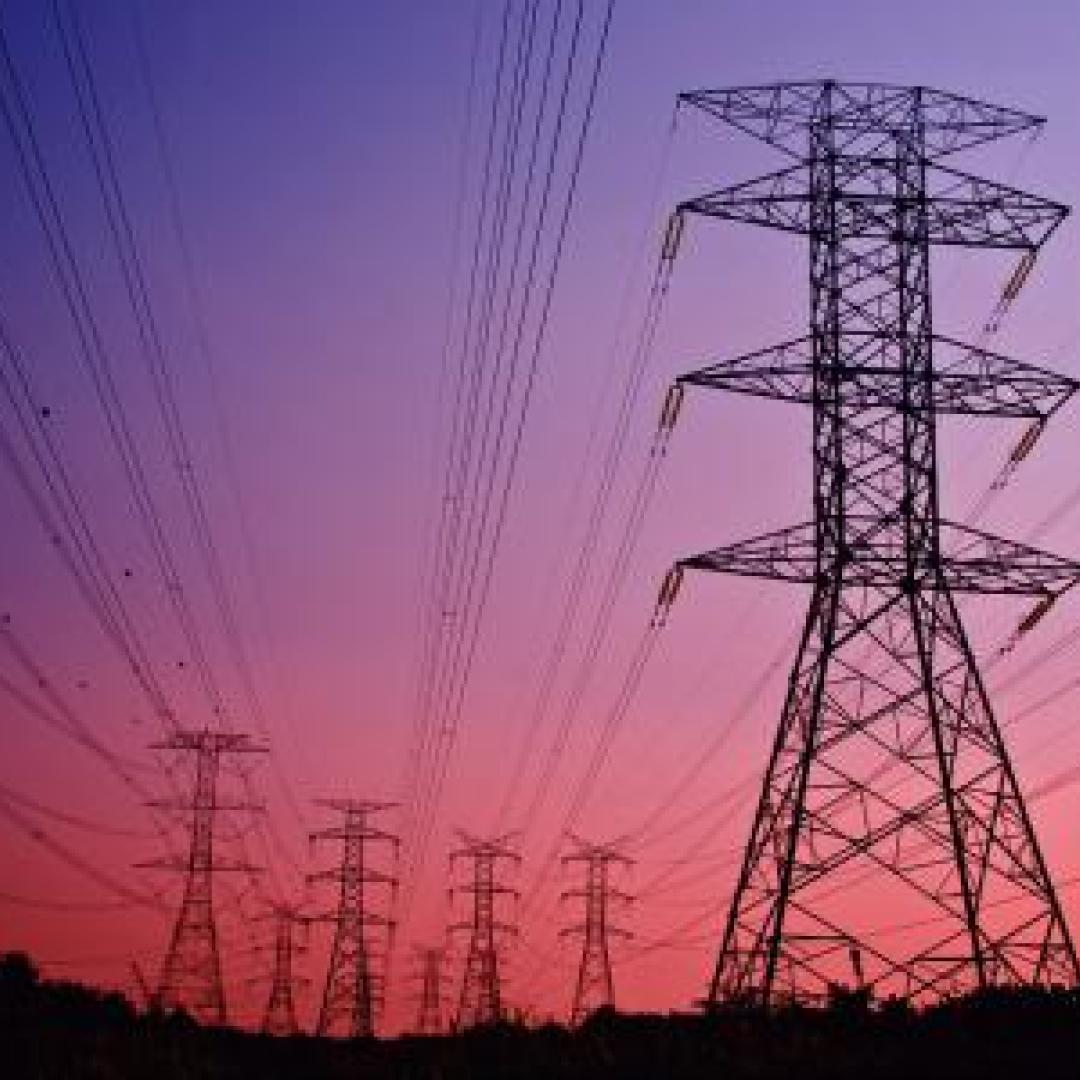Filter News
Area of Research
- (-) National Security (14)
- (-) Neutron Science (19)
- Advanced Manufacturing (24)
- Biology and Environment (77)
- Biology and Soft Matter (1)
- Building Technologies (3)
- Clean Energy (192)
- Climate and Environmental Systems (2)
- Computational Engineering (1)
- Computer Science (3)
- Electricity and Smart Grid (1)
- Energy Sciences (2)
- Functional Materials for Energy (2)
- Fusion and Fission (13)
- Fusion Energy (3)
- Isotope Development and Production (1)
- Isotopes (27)
- Materials (81)
- Materials for Computing (12)
- Mathematics (1)
- Nuclear Science and Technology (13)
- Quantum information Science (1)
- Supercomputing (58)
News Topics
- (-) 3-D Printing/Advanced Manufacturing (8)
- (-) Climate Change (5)
- (-) Energy Storage (8)
- (-) Frontier (2)
- (-) Partnerships (4)
- (-) Space Exploration (3)
- (-) Sustainable Energy (4)
- Advanced Reactors (2)
- Artificial Intelligence (18)
- Big Data (8)
- Bioenergy (9)
- Biology (9)
- Biomedical (13)
- Biotechnology (2)
- Buildings (1)
- Chemical Sciences (4)
- Clean Water (2)
- Composites (1)
- Computer Science (31)
- Coronavirus (10)
- Cybersecurity (19)
- Decarbonization (4)
- Environment (13)
- Exascale Computing (1)
- Fossil Energy (1)
- Fusion (2)
- Grid (6)
- High-Performance Computing (6)
- Machine Learning (15)
- Materials (16)
- Materials Science (24)
- Mathematics (1)
- Microscopy (3)
- Nanotechnology (11)
- National Security (34)
- Neutron Science (99)
- Nuclear Energy (7)
- Physics (10)
- Polymers (1)
- Quantum Computing (1)
- Quantum Science (8)
- Security (12)
- Simulation (1)
- Summit (7)
- Transportation (7)
Media Contacts

Scientists at ORNL have developed 3D-printed collimator techniques that can be used to custom design collimators that better filter out noise during different types of neutron scattering experiments

Currently, the biggest hurdle for electric vehicles, or EVs, is the development of advanced battery technology to extend driving range, safety and reliability.

The Department of Energy’s Office of Science has selected three ORNL research teams to receive funding through DOE’s new Biopreparedness Research Virtual Environment initiative.

Like most scientists, Chengping Chai is not content with the surface of things: He wants to probe beyond to learn what’s really going on. But in his case, he is literally building a map of the world beneath, using seismic and acoustic data that reveal when and where the earth moves.

Craig Blue, Defense Manufacturing Program Director at the Department of Energy’s Oak Ridge National Laboratory, was recently elected to a two-year term on the Institute for Advanced Composites Manufacturing Innovation Consortium Council, a body of professionals from academia, state governments, and national laboratories that provides strategic direction and oversight to IACMI.

How did we get from stardust to where we are today? That’s the question NASA scientist Andrew Needham has pondered his entire career.

A technology developed at ORNL and used by the U.S. Naval Information Warfare Systems Command, or NAVWAR, to test the capabilities of commercial security tools has been licensed to cybersecurity firm Penguin Mustache to create its Evasive.ai platform. The company was founded by the technology’s creator, former ORNL scientist Jared M. Smith, and his business partner, entrepreneur Brandon Bruce.

U2opia Technology, a consortium of technology and administrative executives with extensive experience in both industry and defense, has exclusively licensed two technologies from ORNL that offer a new method for advanced cybersecurity monitoring in real time.

A partnership of ORNL, the Tennessee Department of Economic and Community Development, the Community Reuse Organization of East Tennessee and TVA that aims to attract nuclear energy-related firms to Oak Ridge has been recognized with a state and local economic development award from the Federal Laboratory Consortium.

Paul Langan will join ORNL in the spring as associate laboratory director for the Biological and Environmental Systems Science Directorate.




